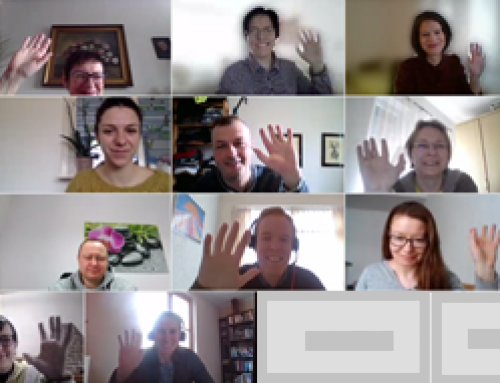Guidelines on how to access existing financial instruments to design new ones
New confidential deliverable D4.4 was delivered to the European Commission

This report presents the outcome of Task 4.4 in the POWER4BIO project. It aims to provide guidelines to each POWER4BIO region on how to create innovative financial instruments and gives clear instructions on how to effectively access financial instruments for bio-based industrial projects.
Starting from the repository of selected financing mechanisms for the bio-based industry created in D4.3, the outcome of this report is a guideline that should support all POWER4BIO regions in the definition and use of the most suited financial instruments to fulfil the goals of their bioeconomy strategy.
The starting point of the analysis carried out in this report is the ex-ante assessment, the compulsory process enabling a Managing Authority (MA) to make the right choice between the adoption of a grant or a financial instrument for a specific action, taking into consideration pros and cons, the impact on given market failure, the potential revenue that can be generated and the public financial sustainability. The report describes in detail the seven steps that each MA must go through in order to fulfil all requirements of the Common Provisions Regulation (CPR).
Secondly, the analysis focus on the choice of the most suitable financial instruments to tackle the regional specificities and to contribute to the achievement of the Programme and the ESI Funds objectives; for each type of financial instrument – loan, guarantees, equity and quasi-equity – the positives and negatives and the different sub-products are presented. According to the main features of each financial product, the MAs can determine the type of financial instrument that better fit with their goals and priorities. A couple of case studies concerning equity on the one hand and guarantees and loans, on the other hand, provides the reader with clear and hands-on examples of the actions undertaken by some MAs to implement these two funding schemes in their territory.
Once the ex-ante assessment has been made, in order to implement any financial instrument (FI) and related financial products according to the ex-ante assessment results, each MA has two options available: the tailor-made instruments, that are already existing or newly created FIs which are specifically designed to achieve the intended purpose, and which must comply with the applicable Union and National rules; the off-the-shelf existing schemes, that provide standard terms and conditions, which are already compatible with ESI Funds regulation and state aid rules and seek to combine public and private resources. This report presents the fact sheets of three off-the-shelf existing schemes that are relevant to the bioeconomy sector: RS Loan; Capped Guarantee; Co-investment Facility. Off-the-shelf financial instruments represent an interesting opportunity for MAs with limited resources to commit for the designing of a financial instrument and when they fit the market needs and the targeted final recipients identified during the ex-ante assessment phase.
Finally, the report focuses on guidelines and recommendations for the use of six selected financial instruments of particular interest to the POWER4BIO regions. Based on the feedback provided by the regions about the findings of D4.3, main challenges and problems for both low-medium bioeconomy maturity and medium-high bioeconomy maturity regions are presented. According to the identified problems and challenges, the selected financial products are described in detail, with technical advice, main success factors and lessons learnt.




